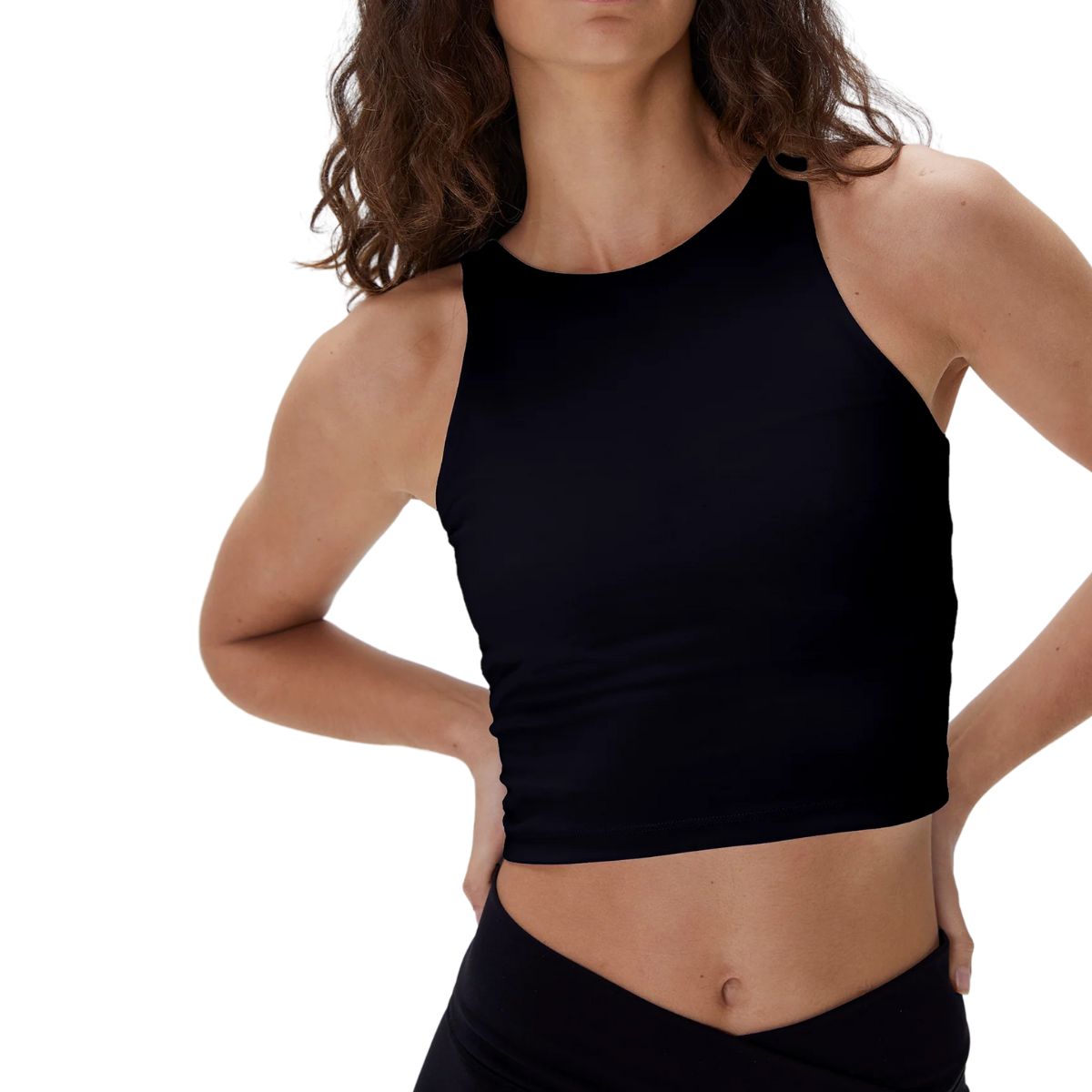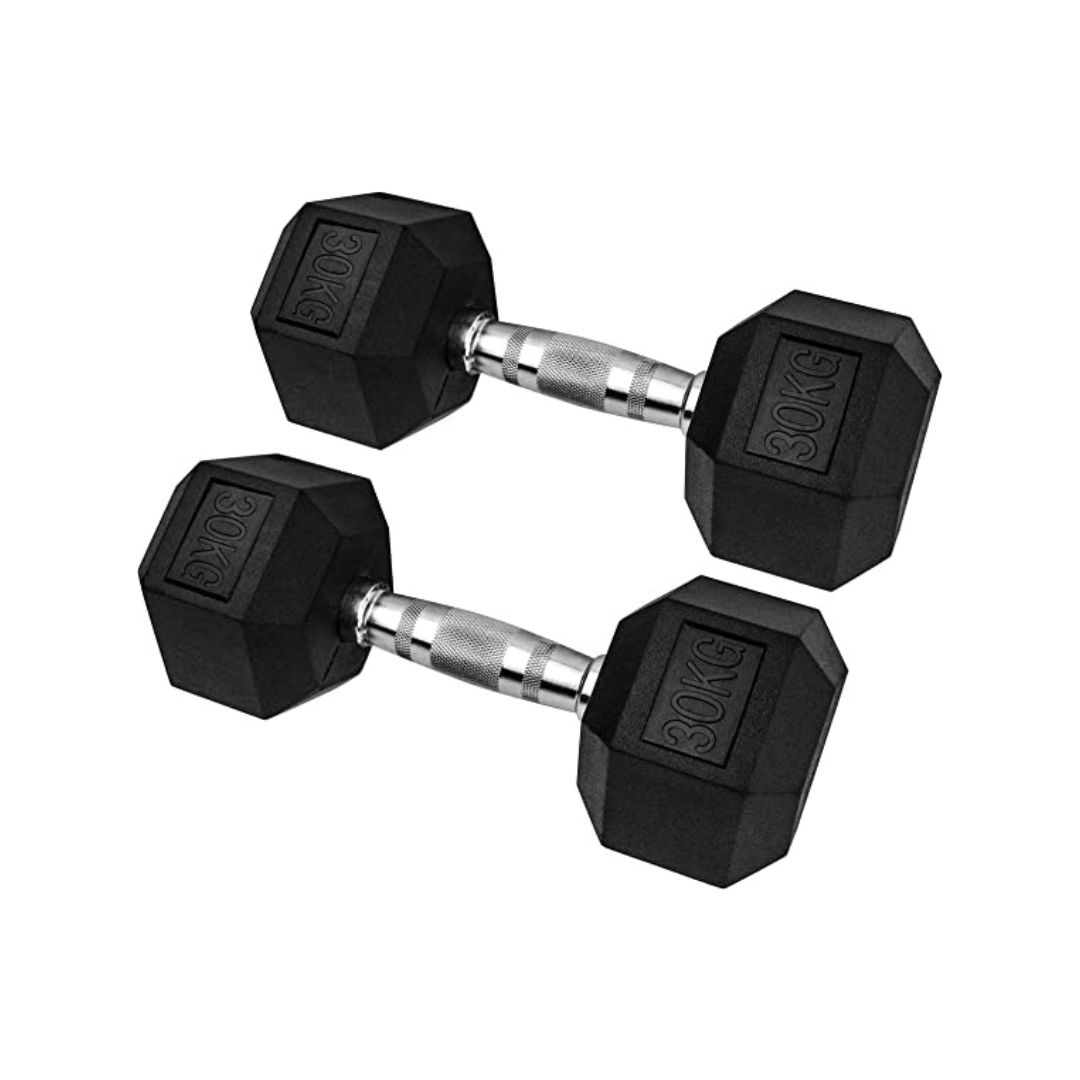I Tried Notoriously Difficult Seated Leg Lifts Every Day for a Week – And Honestly? I Wouldn’t Recommend Them
I've never felt so humbled.
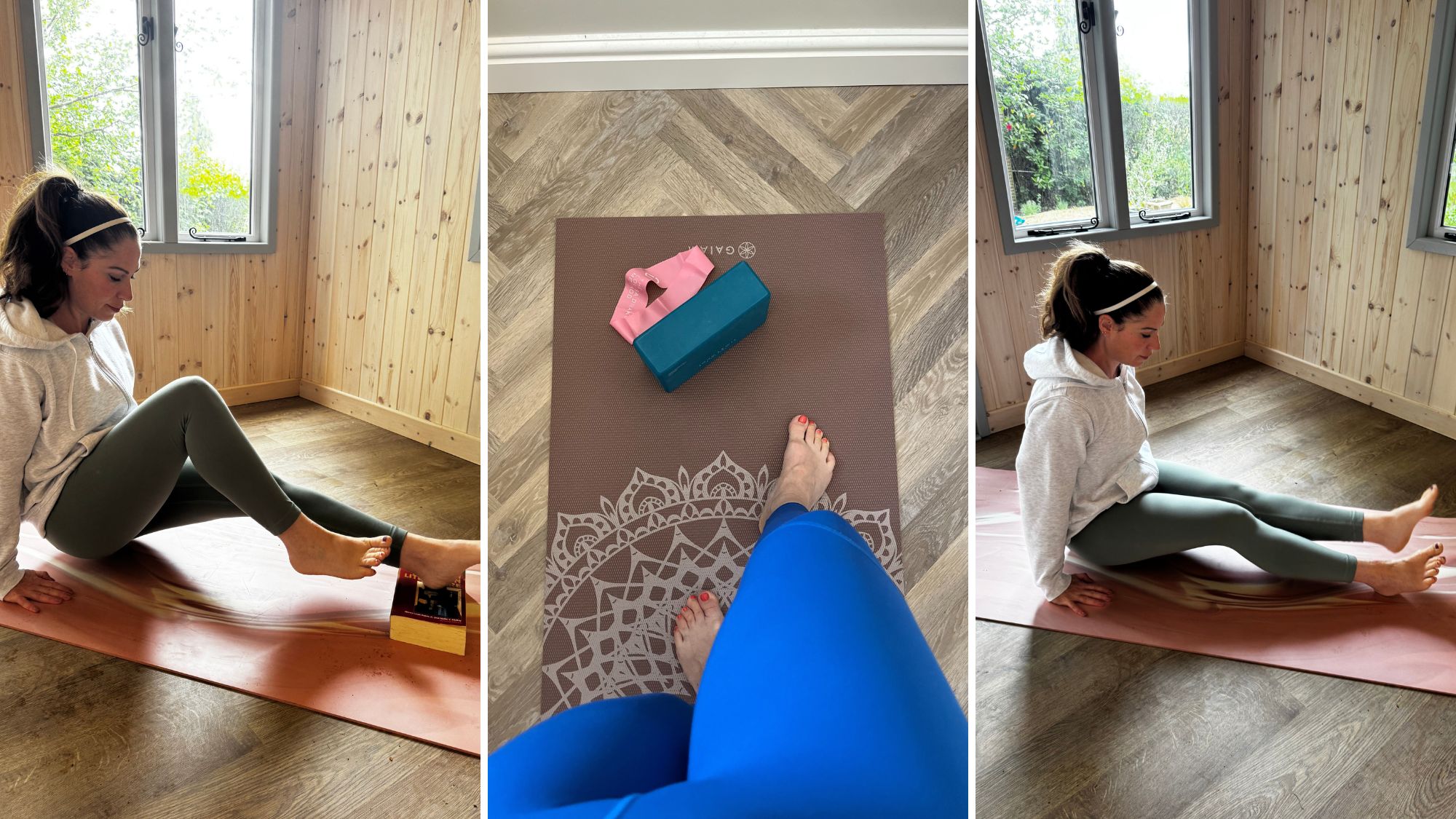

If you're a CrossFit or Hyrox fan, the chances are you'll have come across the fabled L-sit. An advanced calisthenics move (that's a blend of bodyweight strength and gymnastics, for the unintiated: think push ups, pistol squats and pull ups and you've got the gist), the L-sit can be performed seated on the floor with no equipment, on parallel bars in the gym, or even using kettlebells at home, too.
Done right, the L-sit looks effortless, but don't be fooled. The seated leg lift (as the move is also known) is a torchingly tough, full-body powerhouse move that will engage your arms, abs, hips, balance and stability like nothing else.
And it's a move I was keen to explore: up until recently, my upper body strength has been, let's say, ineffectual, as I heavily favoured leg day over arm workouts. However, over the past few months, I've got on board with the not insignificant benefits of a strong upper body and have been diligently incorporating arms and abs into my weekly workout regimen.
As such, when MC UK's Senior Health Editor Ally asked me to try a seated L-sit every day for a week, I thought it was the perfect vehicle for showcasing my new bis and tris. And I soon discovered that the L-sit is not for the faint-hearted: an advanced strength and callisthenics move, the benefits of mastering an L-sit are myriad, and not limited to gym bros, either.
While the research into L-sits in particular is limited (read: non-existent), we do know that calisthenic training generally is associated with improved strength, balance and overall fitness. This study (published in the International Journal of Environmental Research and Public Health) shows that incorporating callisthenics into a sedentary lifestyle helps increase muscle strength and balance, and diminish the effects of (inevitable) ageing.
Further research (published in the Fitness, Performance and Health Journal) also reveals callisthenics to be effective in enhancing physical fitness, even among non-athletes (like me!)
Benefits banked, I was intrigued to find out if the L-sit is really as tough as those Hyrox peeps would have us believe - I'm a dedicated Pilates fan, after all, so surely I'm pretty strong too? Keep scrolling to find out if I met my match. Already mastered the L-sit? Check out how MC UK staffers found strength training every other day, planking every day for a week, and push ups every day., as well as Pilates leg circles every day, Pilates clams every day, and Pilates roll-ups every day.
Celebrity news, beauty, fashion advice, and fascinating features, delivered straight to your inbox!
What is a seated leg lift?
Ever keen to do my own research, my sense of impending doom starts to build the more I learn about the L-sit. Much of the literature about the move is concerned with body-building types keen to smash their strength goals; it's not looking good for me.
"The L-sit is a compact and powerful move," agrees personal trainer and founder of MADE Wellness, Penny Weston. "It might look like a simple sit, but trust me, it’s anything but passive. It's an advanced bodyweight hold where you support yourself on your hands, usually on the floor, parallettes, or yoga blocks, with your legs extended straight out in front of you to form an ‘L’ shape.
"Your entire body has to switch on to stay lifted, which is part of what makes it so effective.” Read: so difficult - gulp.
@malinmalle Unlock the L-sit with this easy step-by-step guide! ✨
♬ WE GET IT - Ktlyn
What are the benefits of seated leg lifts?
However, no risk, no reward, right - and the L-sit epitomises this theory, with a list of benefits as long as my (not very strong, as it turns out) arms.
"Including the L-sit into your fitness regime offers a wide range of benefits," notes personal trainer at Freeletics, Rowan Clift. "It’s a full-body exercise that significantly strengthens the core, including the deep stabilising muscles that are essential for posture, balance, and injury prevention. It also builds impressive strength in the shoulders, triceps, and chest, as well as demanding a high level of hip flexor and quadriceps engagement."
1. They provide full-body benefits
Mastering an L-sit, even just for a few seconds, is a real achievement - and one with benefits that extend into real life, too.
"An L-sit builds strength that goes way beyond aesthetics," agrees Jenna Armitage, founder of GoodGood Yoga. "You’re developing deep core stability, stronger shoulders, and sharper control over how your body moves, with benefits that carry into yoga, Pilates, and everyday movement."
2. They'll challenge and build core strength
An essential component of pulling an L-sit out of the bag is excellent core strength. But if you're working towards one, you'll be activating and building core stability and control as you train.
"The L-sit will challenge your entire core," notes Daniel Herman, coach and founder of Bio Synergy UK. "The move targets not only the rectus abdominis (the 'abs') and transverse abdominis (obliques) but also the hip flexors, too."
3. They enhance upper body strength
It might seem obvious, but working your way up to an L-sit is a fantastic way to build upper body strength in the arms, shoulders and chest. In the real world, this means greater strength in moves which require lifting, pulling and pushing - the foundations of functional movement patterns across the upper body.
4. They improve balance and stability
One of the main benefits of the L-sit is the balance, control and stability you'll need to cultivate while practising. Alongside muscle and bone strength, the ability to balance underpins every single movement we make - and it's something that we start to lose as we age.
Not only does poor balance leave us at risk of trips and falls (no matter what our age!), but it's also associated with a higher risk of all-cause mortality, too. Research shows that developing balance improves quality of life and is also linked with better cognitive function.
How to do a seated leg lift with good form
As always, step one in mastering a move is to focus on your form. Not only will this help to prevent strains and injury, but it also ensures you're getting the most out of the benefits, too, because, if you're putting all that effort in, you want to reap the rewards. Weston advises the following steps to a full L-sit.
“To get into an L-sit, start seated on the floor or between two blocks or parallettes. Place your hands just outside your hips, press down through your palms, and lift your body up so your hips come off the ground. Your legs extend forward and stay straight, toes pointed.
"The goal is to keep your legs and back in that ‘L’ shape, no slumping or rounding if you can help it. Try to think about pressing the floor away, lifting through the chest, and keeping the thighs squeezed together.”
And voila: you've cracked it.
I tried a seated leg lift every day for a week - here are my honest, unfiltered thoughts
Days one to three
I might be no stranger to a strength and fitness challenge, but I'll tell you something for nothing: I'm pretty convinced before I even start that I'm not going to be pulling off the perfect L-sit anytime soon.
And whether it's a self-fulfilling prophecy or a straightforward case of lack of strength, day one goes exactly the way I thought it would: badly. But I was prepared for this, so on the advice of the experts, I tried a modified version of the move instead: the tuck hold.
"If you're finding the full move tough, start with tuck holds," advises Clift. "With these, you keep your knees bent and drawn in towards your chest while lifting your hips off the ground. This reduces the lever length and allows you to build foundational strength in the shoulders and core."
The upshot? I can't do these, either. Day one: a complete and utter fail.
Undeterred, I happily bounce back to my mat the following day, determined to give a different modification a really good go. Clearly, I need to scale things right back, so on the advice of Weston, I grab a yoga block to rest my heels on lightly to support my legs up.
And I'm thrilled to discover that this, at least, I can do. I can definitely feel it in my abs as I maintain the hold, and my wrists don't like it at all, so I only hold the position for a few seconds, but still - an improvement on yesterday. I'm taking it.
Day three, and it seems I'm adding one modification per day, like some kind of calisthenic version of A Partridge in a Pear Tree (on the third day of trying, my experts said to me...) Today, I add in blocks under my hands to try and overcome my wrist discomfort, and I manage to hold my stance for ten seconds before failure - a win.
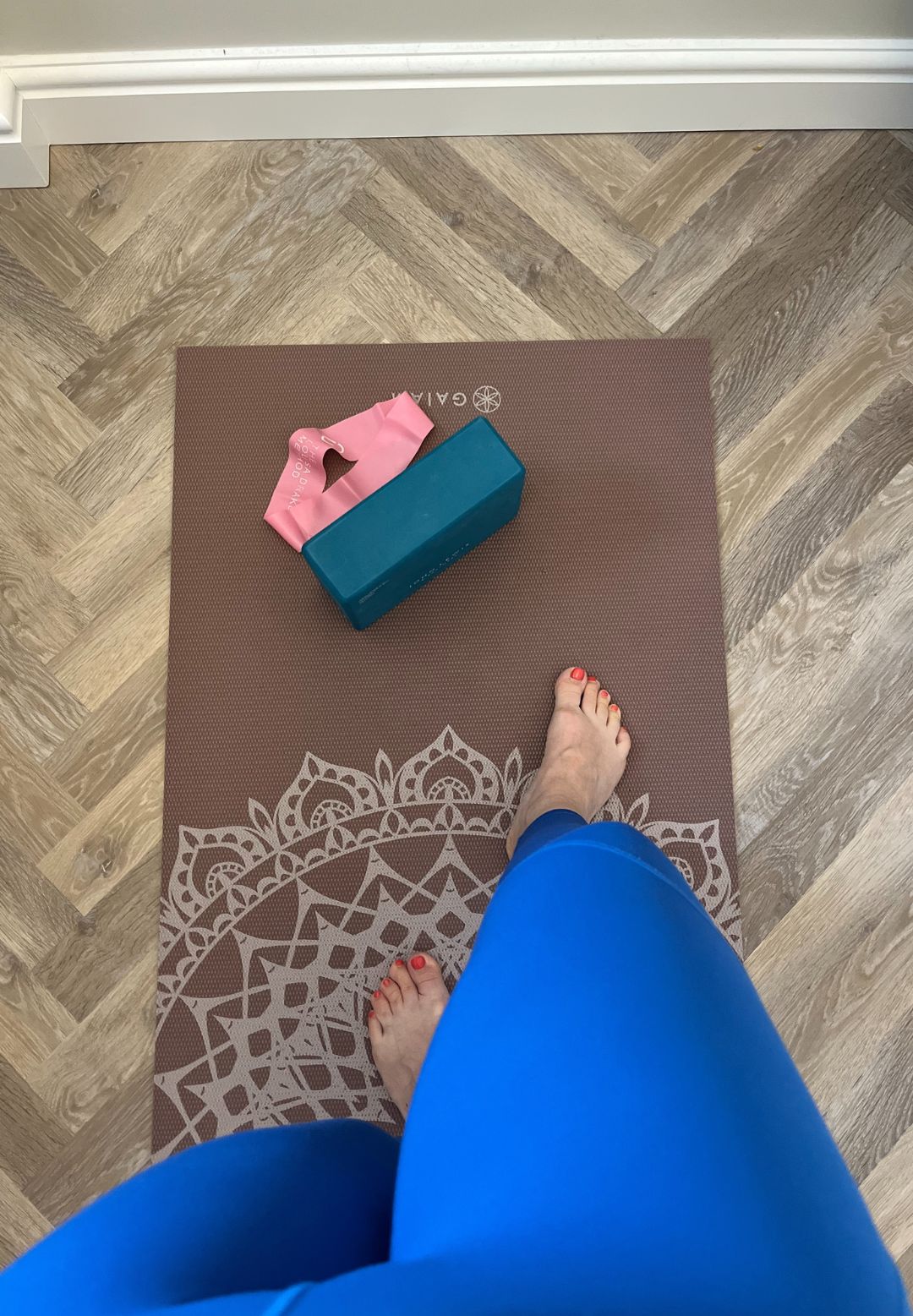
Anna's set up during her L sit week long challenge.
Days four to seven
Buoyed by the help of the expert-approved variations, I go into day four with a renewed sense of optimism. However, when it transpires that I still can't progress beyond the yoga blocks as props, I'm disheartened. But on reflection, I guess just a few days of work isn't realistic to create any significant strength gains.
"Progress takes time, especially with a move like this that’s so reliant on small, stabilising muscles," reassures Weston. "Don’t be discouraged if it feels impossible at first. Strength tends to sneak up on you when you’re consistent.”
For the remainder of the week, I focus not on trying to smash the end goal, but instead, on incremental improvements to my modified move. And by day six, I have progressed to a one-leg sit, with the other leg still firmly balanced on the block - but even that feels like an achievement.
Never one to take failure lying down, I drill the experts on where my strength is lacking, to find the move so tough. I know my core strength is pretty solid, so it turns out, it's probably down to a combination of weak hip flexors, a less-than-strong upper body and poor shoulder depression strength. Not the triad I'd hoped for, but I'm highly goal-oriented, so I've no doubt that I can make at least some gains in these areas with consistent application.
And the experts are reassuring in their advice, too.
"So many people struggle with the L-sit initially," comforts Clift. "It's completely normal, and identifying these gaps is a great step forward in your training. Working on these areas will not only get you closer to your L-sit goal but also improve your performance in a wide range of other exercises."
So it seems I've committed myself to a few more weeks (if not months) of practice: watch this space.
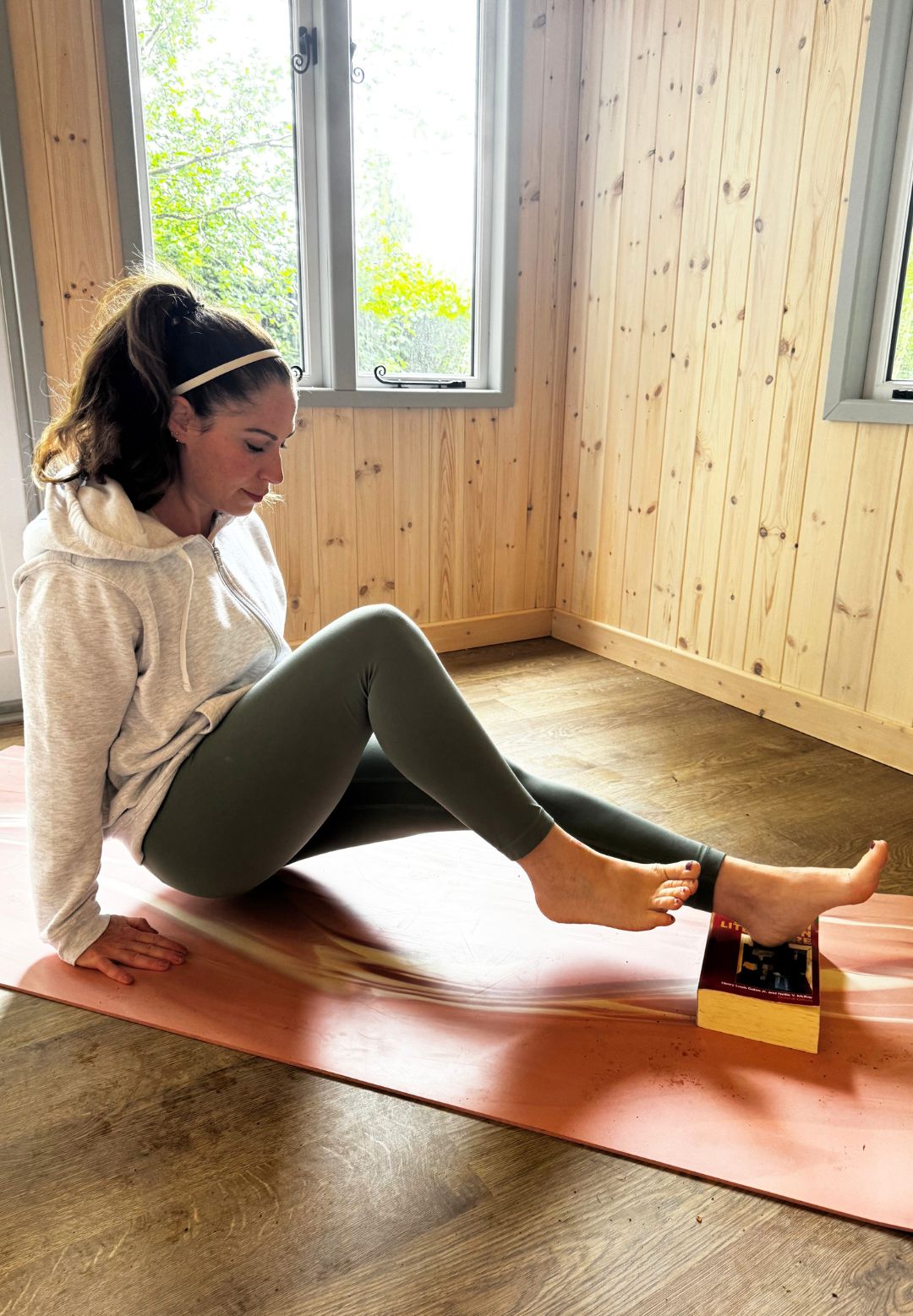
Anna attempting the notoriously difficult L Sit workout move.
Shop MC UK's essential strength training must-haves now:
Are seated leg lifts suitable for beginners?
"The full L-sit is an advanced move and may not be suitable for beginners," cautions Clift. "However, the good news is that it can be broken down into progressions that are accessible to all fitness levels. If you're new to bodyweight training or working on building core strength, you can start with simpler exercises like tuck holds or bent-knee L-sits. These allow you to develop the necessary strength, flexibility, and endurance gradually. I always encourage scaling movements to match your current level: remember, progression, not perfection, is the key."

Anna Bartter is a freelance journalist who writes about health, fitness and women's lifestyle for publications including Stylist, Metro and Psychologies, among others.
She's always on a quest to find a variety of fun and functional workouts that give you the most bang for your workout buck and she's passionate about championing movement for everyone's mental and physical wellbeing.
